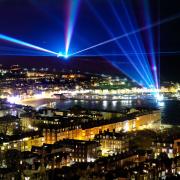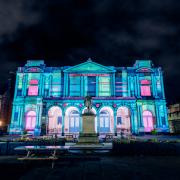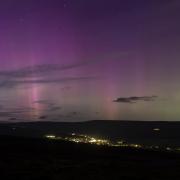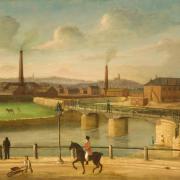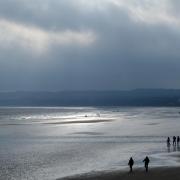Rail fans from across the world are expected at the Great Gathering this month, a spectacular two-week rally to celebrate the 75th anniversary since the Mallard broke the steam speed record. Mallard and her five surviving sister A4 Pacific Class locomotives are to be brought together around the Great Hall turntable in the National Railway Museum in York - a sight never seen before.

Two of the Doncaster-built locomotives, Dominion of Canada and Dwight D Eisenhower have been temporarily repatriated from North America to take part in the anniversary. Both are on loan to the National Railway Museum for two years from the National Railroad Museum in Wisconsin, USA and Exporail, the Canadian National Railway Museum in Montreal.
Mallard became the world’s fastest steam locomotive, marking a pinnacle in British engineering design, on July 3rd 1938. The steam legend was recorded as reaching the awe-inspiring speed of 126mph on the East Coast Main Line, breaking the existing German record of 124 mph set in 1936.
The museum has also announced that Prince Charles is to be the patron of the Mallard anniversary. ‘We’re so excited about showcasing all six survivors of the A4 class with the Great Gathering and royal patronage for our year of Mallard-themed events is the icing on the cake,’ said Anthony Coulls, senior curator of railway vehicles at the National Railway Museum.
‘Celebrating Mallard’s world record-breaking run is definitely a reason to get excited in July and we hope people will join us to mark this milestone in railway history.’
The No 4468 Mallard built at LNER’s Doncaster Works was chosen for the attempt on the world steam speed crown because it was the first of the class to be fitted with a double chimney. Mallard’s record still stands as a marker in global history and to this day inspires a sense of national pride that a British steam locomotive is still recognised as the fastest in the world.
Preparations for the anniversary are on track with the restoration work on Mallard and Dwight D Eisenhower complete and a Mallard-style makeover is well underway on Dominion of Canada in the workshop of Locomotion, the National Railway Museum at Shildon, Co Durham where visitors can view the workshop team get to grips with the cosmetic restoration work.
For more information on the National Railway Museum’s 75th anniversary plans for 2013/2014 including how to book tickets for gala dinners, photography events and free curator talks visit nrm.org.uk/mallard75. For regular updates follow the museum on twitter.com/railwaymuseum or join facebook.com/nationalrailwaymuseum
MALLARD FACTFILE
On July 3rd 1938 Mallard (No 4468) broke the world speed record for steam traction by reaching a speed of 126mp/h (202.8 km/h).
Selected to crew the locomotive on its record attempt were driver Joseph Duddington (a man renowned within the LNER for taking calculated risks) and fireman Thomas Bray.
Mallard was designed by Sir Nigel Gresley as an express locomotive specially built to power high-speed streamlined trains. Its wind-tunnel-tested, aerodynamic body allowed it to reach speeds of over 100 mph (160 km/h).
Mallard was in service until 1963, when it was retired, having covered almost one and a half million miles (2.4 million km).
Although the dynamometer car indicated a top speed of 126 mph (202.8 km/h)), Sir Nigel Gresley himself never accepted this as the record-breaking maximum. He claimed this speed could only have been attained over a few yards, though he was comfortable that the German speed record of 124.5 mph (200.4 km/h) had been surpassed.
Mallard was restored to working order in the 1980s, but has not operated since, apart from hauling some specials between York and Scarborough in July 1986, a couple of runs between York and Harrogate/Leeds around Easter 1987 and a 50th anniversary run in 1988.
Mallard is the only surviving A4 in LNER livery and in as-built original condition with side valances (although the valances are replicas).
The locomotive is 70ft long and weighs 165 tons, including the tender. It is painted LNER garter blue with red wheels and steel rims.












